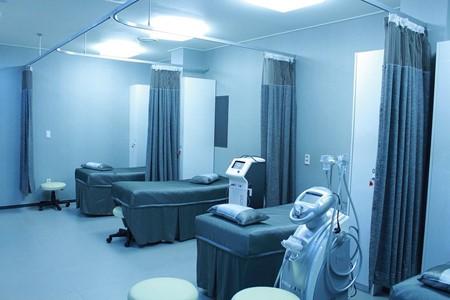4 Reasons Why Medical Equipment Must be Sterile
Medical equipment needs to be sterile to be safe to use. How sterile the equipment must be is subject to some debate in the medical community. Certainly, for reusable pieces of equipment, they can be re-sterilized between patients and uses. Doing so can protect each subsequent patient’s health, and that of healthcare workers while still keeping hospital budgets contained.

Here are 4 reasons why medical equipment must be sterile.
1. To Avoid Transmitting Diseases Between Patients
When diagnostic or other medical equipment is used on a patient that has an infectious or highly communicable disease, protecting others from its transmission is critical. It’s necessary to disinfect medical equipment or devices between uses. Some equipment is sufficiently expensive that it’s not practical to dispose of it after every use. In which case, it’s necessary to heavily disinfect it and/or sterilize it to make it safe for reuse.
There are both high and low levels of infection. So, what is high level disinfection and what is low level? This depends on the type of medical equipment and what it has been exposed to. Even the germs from the common cold can be transmitted when equipment is not disinfected sufficiently.
2. Microorganisms Can Linger Longer Than Expected
Microorganisms are so small that they can only be observed through a microscope. Nevertheless, they’re often present, lurking, and just waiting to cause trouble for a future patient who may come into contact with them.
High levels of disinfection can kill off most microorganisms to make them safe. However, bacteria is another matter entirely. Sterilization is required to make medical equipment safe from bacteria. Appreciating the difference, which admittedly seems subtle, is important.
3. To Keep Medical Staff Safer
Given that medical staff working in hospitals and clinics are surrounded by sick patients, they need to be protected from potentially catching a disease from them. When a hospital sees medical staff dropping in droves because of accidental exposure, it won’t take long before specialists and other critical personnel are out of action.
When there’s a staff shortage due to sickness, replacement agency staff may be required temporarily. This increases hospital expenses. However, when the reason for the sickness isn’t spotted and resolved, like improperly sterilized equipment, even the newer staff are vulnerable now.
4. Vulnerable Patients May Not Survive a Secondary Infection
If there’s an already vulnerable patient in the ER or on a critical care ward, they may survive their current health troubles, but perhaps not much more. Should a vulnerable patient develop a secondary infection due to unsterile equipment or single-use equipment not being used as such, the secondary infection could overwhelm their system. At that point, it could cause them to not survive it.
Given that infections from a hospital to patients happen regularly, it shows that more should be done to prevent it. No patient should need to worry about getting sicker when going into hospital; it should be the place where they get well.
To avoid diseases that get transmitted while in hospital, it’s necessary to deliberately prevent them by following best practices for medical sterilization and disinfection protocols.
More to Read:
Previous Posts:








